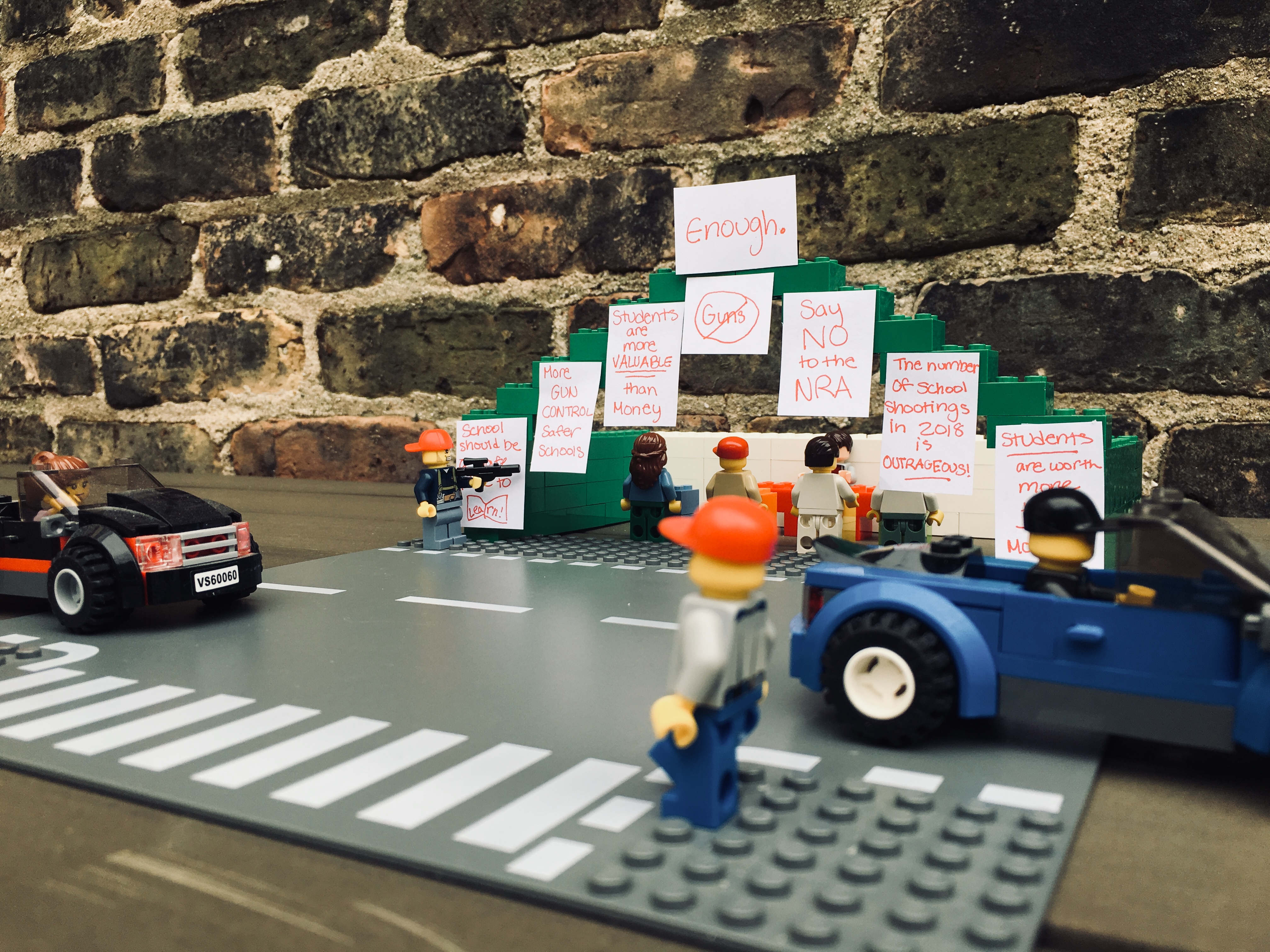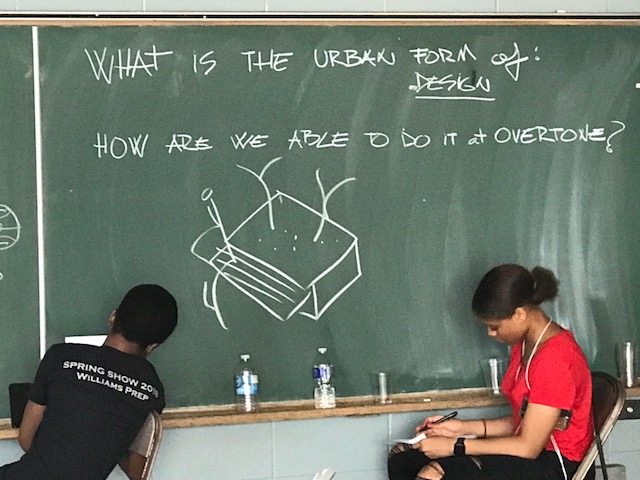Is CAPE Truly Unique?
Simply put: yes.
If you follow us on social media, read our newsletters, check out our annual reports, or come to CAPE events, you already know a lot about our work in schools across Chicago. You already know we engage public school students through the arts. You already know we provide training for educators and materials for their classrooms. You already know we support teachers and artists as they collaborate with each other and their students to explore art making, academic content, social emotional skills, and their communities. You already know we conduct in-depth, long-term research on the impact art has on students in our programs. And you already know our programs are free for the students, educators, families, and schools who participate.
But do you know what makes CAPE truly unique among organizations in Chicago and across the country?
Recently, we talked with Margaret Koreman, Niema Qureshi, and William Estrada and discussed CAPE’s role in the community and in their own careers as artists and educators. Margaret, Niema, and William are all veteran professionals in the field: Margaret is a public school visual arts teacher, Niema is a teaching artist and college instructor, and William is a certified K-12 arts teacher, teaching artist, and college instructor. Below are excerpts from their conversation about CAPE’s work, identity, and perception (edited for length and clarity).

William Estrada (WE): CAPE has been doing this work for a long time, we have to take more credit for it. Other organizations have been founded on CAPE’s ideas and they get the credit. But, CAPE is where I’ve learned how to work.
Niema Qureshi (NQ): People in the field don’t know about CAPE.
WE: We don’t put our name on everything.
Margaret Koreman (MK): The fact that we don’t brand everything with CAPE benefits the communities we work with. It supports and enables them to move forward in a big way and there is an authentic shared ownership of the work. [CAPE partnerships] are progressive: We are big thinkers; we give schools their unique voice; we are giving students a platform for their voice.
WE: CAPE is unique. CAPE was ahead of its time in terms of social justice work and trauma-informed curriculum. We were doing the social justice and trauma-informed work long before it became a huge trend. CAPE is not just another arts organization in a sea of arts organizations in Chicago. CAPE does something very, very different from everyone else.

WE: There aren’t a lot of places that ask you to push the way you think or the way you teach. Most organizations are like, “Here is the curriculum that we teach everywhere, and we’re going to do it so you can learn from us how to do this,” instead of developing the curriculum with the community that we’re in, like CAPE does. I think true collaboration gets lost all of the time.
MK: I’ve had artists [from other organizations] come to my school and I feel like they were using my kids. It makes me upset, honestly. In those cases, the artist takes ownership of the work and they include the community, but the community doesn’t feel like it had any input at all.

NQ: I think it is important to show the complexity of what CAPE does. Sometimes people don’t understand what we do. I do think that gradually it will start to make sense over time, but these projects are not made to be understood quickly.
MK: We have to break down the experiences that students are having [to help people] understand why they have to fight for this.
WE: The difference is focusing on a project vs. a process. CAPE is more about the process that turns out these really beautiful projects. If it doesn’t work, it isn’t abandoned. It’s analyzed and thought about and discussed by the people who participated to figure out what happened: “What can we learn from this? What is the next thing going to look like?” I’ve never heard the word “failure” from CAPE and that is so powerful. That is so singular to CAPE, so different from other organizations. It is rooted in process and collaboration, and you just have to go through it. The process is messy, it is not controlled. You have to have faith in the people you work with and CAPE builds that faith between partners.
NQ: Is CAPE actually doing something different and unique? I really think we are.
~~~
It’s hard to understand the complex and intense nature of CAPE’s work through a single photo, a quick blog post, or even a one-off visit to a CAPE classroom, as this conversation well conveys. CAPE strives to know what we don’t know and to understand what we don’t understand, and to share what we learn along the way. We hope you’ll bring your curiosity and energy to join our explorations in the coming year.
Make a gift right now to support our work.
Join our email list for occasional updates and event invitations.
Follow us on Facebook, Twitter, Instagram, and LinkedIn
for in-the-moment updates from CAPE classrooms.





